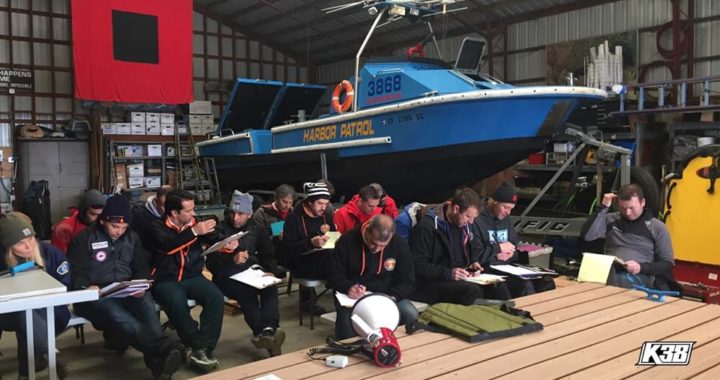What Constitutes Your Rescue Water Craft Value?
What is your fundamental Rescue Water Craft fact presented to you filtered to a specific point of your actions and your agency perception? Can you decide what reduction or increase you allow or is compromised? Value can be determined as personnel safety and competency, financial, the importance, worth or usefulness of your RWC program, your program principles or standards, the benefit, gain or merit of your program.
These values are interpretive. To the extent of which is perceived by the group or measured by the instructor cadre and the expectation of the public for a reliable service to be performed. We care about your reputation and your program. We have posted information to rally the community to take responsibility and contribute to reducing the injury accident rate by competent behaviors. First you have to know what you are doing for it to be a secondary benefit.
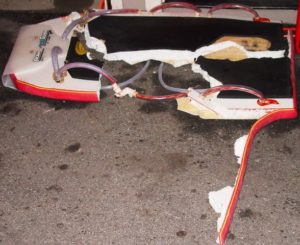
I have said before ‘Safety Means Danger’, and this means that each of us are placing ourselves in grave danger. Grave is an Old English word for ditch and in the sense of burial ‘graf’ is a Germanic language for grave meaning for heavy or gravity, if we base the saying ‘grave danger’ in etymological roots for us we can use it as a reminder to be prepared to avoid the grave through mistake. Of course this is my interpretation and you are welcome to select your own.
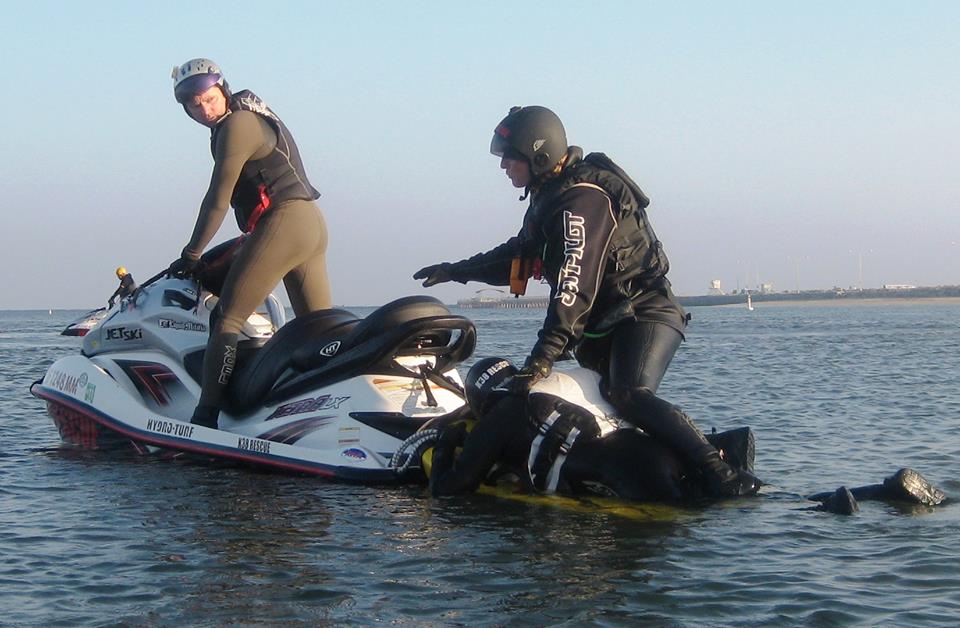
How do you rank?
The facts we have are in the domain of education and distributed through information outlets entrusted to instructors. Or for the modern push we can say for those who view YouTube videos and attempt to imitate what they best determine to be the ‘facts’. Is this reliable and if so how do we account for leveraging the facts to interpret if they are determinable for our increase of safety and our reduction of danger?
Risk management is a solid aim, its truth lies in the details. For this we must remain constantly vigilant for our personal safety and to ensure our program stays in step with current changes in our equipment.

Yes, accidents will happen and so can injuries. There are RWC answers and information that is credible that can assist your department in mitigating these risks significantly. Conduct effective RWC research and do your homework, both at the inception of a Rescue Water Craft program and with an annual review. You will feel better knowing that you applied your best effort to the facts at hand.

Perception and facts can be targeted by groups, hubris, and the individual who reduces the structure of facts to a single point of values in the agency, community or individuals facts. How are these gauged? Usually after an accident or an injury. So once again, conduct effective research and be prepared to present facts vs. perceptions when the occasion arises.
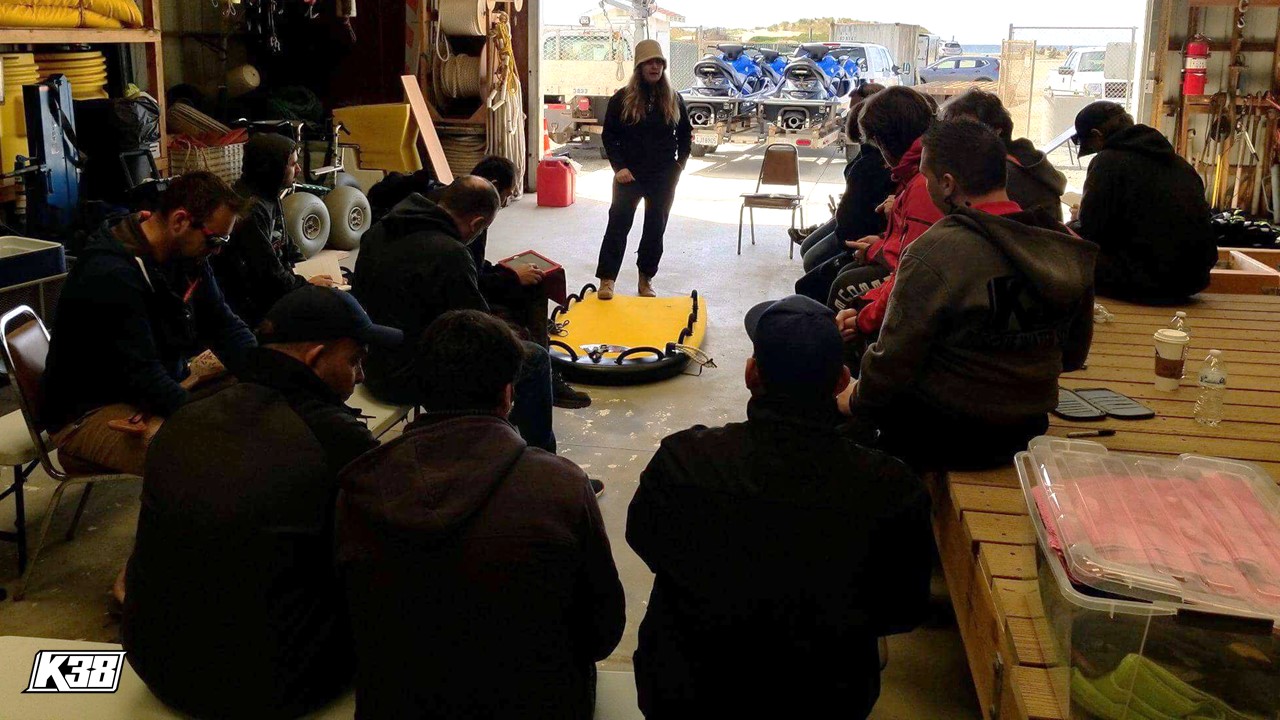
Rescue Board Training and Inspection
MANAGEMENT
Any accident is a story that tells our behavioral trackline. Typically a lot of mishaps can be prevented simply by incorporating an effective preventative maintenance and inspection program. Often the facts are obvious, but ignored. Such as a crease in the rescue board or its anchor points are frayed, or the Rescue Water Craft hours are not maintained according to the manufacturer recommendations for inspection, replacement and care.
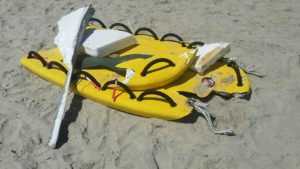
Compromise eventually catches up to us. It’s not easy to maintain a Marine Unit. It requires a lot of dedication towards program management, team building and a strong knowledge base.
Unfortunately often due to the demands of budget limits many programs are greatly reduced or in the process of reduction from a functional structure. Time is a big part of the Rescue Water Craft structure. Applying the appropriate amount of time to create a rule based program and to enforce its governing principles is key. This will require that effective checklists are generated for not only the Rescue Water Craft, but all the accessory equipment, training and maintenance needs.
If you are open to a suggestion, think about the amount of time allocated for maintaining your program. List the following:
1. Annual budgets: Vessels, accessories, maintenance, training
2. Replacement budget for losses/damage
3. Training hours focused on ‘training with purpose’. Make sure you are training for the results you can expect in the field. Forget YouTube videos for a while and look at your agency or neighboring agency past incidents and revisit the actions of the survivors you worked with and start from there.
4. Practice the ending! The transport, care and extrication of your survivors and gear.
5. Join the Rescue Water Craft Association and get connected with Subject Matter Experts
6. Attend the WaterRescueCon-the only RWC conference in the world.
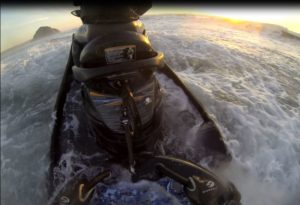
When you take the lead, you are helping an entire team, their families and the public at large. There is no greater accomplishment knowing that you have spread a protective layer over many, including yourself. Not easy, but you can do this!
_______________________________
Have any questions? Join the Rescue Water Craft Association
and discover what your community is doing to modernize standards, safety and reduce liability!
Join the Rescue Water Craft Association
Content Creator: Shawn Alladio cares most about her community and the culture surrounding the safety of event service providers and Rescue Water Craft operators, working hard and dedicated towards protecting their reputation, distributing safety information and continuing to train these amazing individuals to the highest standards of care.
Use at your own risk. Please take a qualified Rescue Water Craft training course and maintain proper records and respect all the PWC, RWC, PPE, and gear OEM manufacturer warning labels and cautions.
